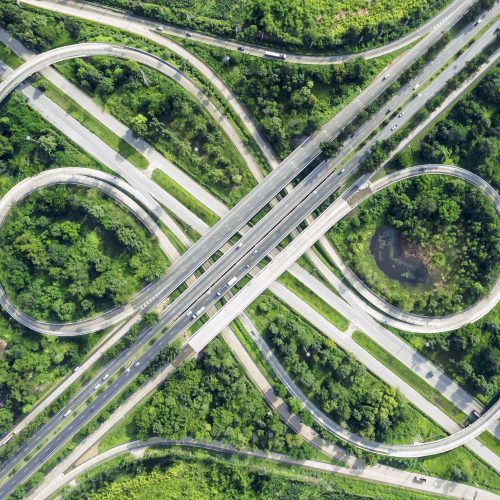

Census Bureau, specifically its community resilience estimates, which measure how resilient every single neighborhood in the United States is to disasters like fire, flooding or a pandemic. We referenced some new data just released by the U.S. Related Links: More insight from Meghan McCarty Carino I think we’re gonna see that repeated over and over again, both in the United States and in the international context, unless we have the data to identify where those people are and how vulnerable they are. There are people that fled Katrina and went to Houston and got hit by Harvey, and the populations that were impacted were the ones that had the least resources. I think data like that can help identify where there’s challenges right now, and where there’s opportunities to build back better, I guess, and also plan in a way that actually enables us to prevent these kinds of impacts from happening repeatedly on the same people. So that kind of double, triple whammy problem for those populations is a reality that we need to face and we need to address. They also bear the brunt of environmental risk as we’ve seen, and they’re now bearing the brunt of climate impact on top of it. It turns out that the populations that were most severely impacted by COVID-19, in many cases, were disadvantaged populations. Koh: I think it’s incredibly important, particularly because the conversation around climate change, like so many other conversations, really is also one that has inherent in it questions about equity. McCarty Carino: So we’re getting some new Census Bureau data about the resilience of various communities at the local level to withstand climate change. So the speed of change can be done with technology and investment over a decade, decade and a half, and dramatically change your mind. We made it through a financial crisis, and now the investments that were made around that time by the Department of Energy in the energy transition across the private sector have made it so that people think that solar power is going to be the future. Koh: If you had said, maybe 15 years ago, that the cheapest source of power on planet Earth was going to be solar, people would look at you like you had three heads. What gives you hope that it can work in time? McCarty Carino: So you say you’re an optimist, but we have heard critics of carbon capture basically say this is akin to magic - they’re very skeptical that this will ever work at scale. There are pathways out of this, I think, and technology and investment can help. And we can adapt to the environment that we’re in. Technologies, looking at satellite imagery, or taking analysis from drones or LIDAR, can help us to understand what the path of this kind of risk is going to look like and reroute packages like and vaccines in situations where there’s wildfires, or Texas shuts down for 10 days. I think we’re pretty smart as a species, and we can use technology to figure out how these changes are going to start to occur, we can make decisions politically that can reverse some of the trend lines that we’re on, and we can find new entrepreneurs and capital to back them that will generate different sets of outcomes out there.

Koh: I’m kind of a technological optimist. Meghan McCarty Carino: You’re an investor who’s actively working in this space, so do you have any advice for regular people who might look at this report or listen to this segment and just want to despair? On the other hand, there is private sector capital being raised to invest in it. So that’s very encouraging that there’s public sector funding that’s going to be going into building the infrastructure in a way that hopefully will survive and be more resilient to climate change. In addition to that, a number of large-scale strategic private equity firms have raised, I think, north of $14 to $15 billion in the first half of this year alone focused on climate change. Jay Koh: On the one hand, the infrastructure bill, which looks like it’s moving forward, includes now $47 billion to deal with fires, floods and storms in the infrastructure that’s all around the United States.


 0 kommentar(er)
0 kommentar(er)
